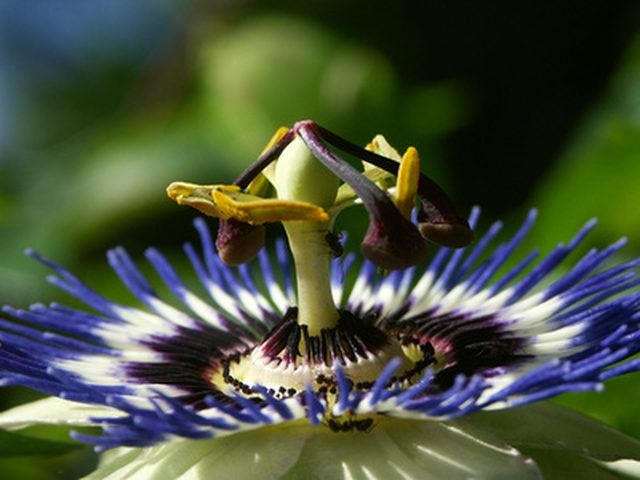Bulbs
Flower Basics
Flower Beds & Specialty Gardens
Flower Garden
Garden Furniture
Garden Gnomes
Garden Seeds
Garden Sheds
Garden Statues
Garden Tools & Supplies
Gardening Basics
Green & Organic
Groundcovers & Vines
Growing Annuals
Growing Basil
Growing Beans
Growing Berries
Growing Blueberries
Growing Cactus
Growing Corn
Growing Cotton
Growing Edibles
Growing Flowers
Growing Garlic
Growing Grapes
Growing Grass
Growing Herbs
Growing Jasmine
Growing Mint
Growing Mushrooms
Orchids
Growing Peanuts
Growing Perennials
Growing Plants
Growing Rosemary
Growing Roses
Growing Strawberries
Growing Sunflowers
Growing Thyme
Growing Tomatoes
Growing Tulips
Growing Vegetables
Herb Basics
Herb Garden
Indoor Growing
Landscaping Basics
Landscaping Patios
Landscaping Plants
Landscaping Shrubs
Landscaping Trees
Landscaping Walks & Pathways
Lawn Basics
Lawn Maintenance
Lawn Mowers
Lawn Ornaments
Lawn Planting
Lawn Tools
Outdoor Growing
Overall Landscape Planning
Pests, Weeds & Problems
Plant Basics
Rock Garden
Rose Garden
Shrubs
Soil
Specialty Gardens
Trees
Vegetable Garden
Yard Maintenance
Passion Flower Symbolism
Passion Flower Symbolism. There are hundreds of species of passion flower, according to "Pahgat's Garden." These include the blue crown passion flower (Passiflora caerula) and the maypop (Passiflora incarnata), which grows wild in many areas of the southern United States.

There are hundreds of species of passion flower, according to "Pahgat's Garden." These include the blue crown passion flower (Passiflora caerula) and the maypop (Passiflora incarnata), which grows wild in many areas of the southern United States.
History
The passion flower was named by Christian missionaries in the early 1500s, according to "The Garden Helper."
The Passion
The passion flower's components are said to symbolize the story of the crucifixion of Jesus Christ, according to the Lady Bird Johnson Wildflower Center. The crucifixion story is sometimes referred to as "the Passion."
Petals
The five petals and five sepals of the passion flower represent ten of Jesus' disciples (all but Judas who betrayed Jesus and Peter who denied knowing Jesus), according to "Pahgat's Garden."
Stamens and Stigmas
The five stamens of the passion flower represent the wounds on Jesus' hands, feet and head, while the pistil stigmas, with their knob-like heads, represent nails, according to the Ladybird Johnson Wildflower Center.
Fringe
The fringe of the passion flower represents the crown of thorns Jesus wore, according to the Ladybird Johnson Wildflower Center.